
Would veterinarians recommend using dental cleaning sticks for pet dogs
If you’ve ever stood in the pet store, staring at a wall of dental chews while wondering if they’re worth the money, you’re not alone.
When we look at our dogs and notice those unsightly tear stains around their once lively and cute eyes, our hearts are surely filled with distress and confusion. The issue of tear stains not only affects a dog's appearance but may also hint at potential health problems. Among the many causes of tear stains, food plays a role that cannot be ignored. Understanding which foods may trigger tear stains in dogs is an important step in caring for their health. Every concern for a dog's diet is imbued with our deep love for them.
High - salt foods are one of the common causes of tear stains in dogs. Dogs' kidneys have a relatively weak ability to metabolize salt. Excessive salt intake can burden the kidneys, disrupt the body's water balance, and thus affect the normal secretion and drainage of tears. Common high - salt foods include leftover human food, some low - quality dog foods, and pickled foods. For example, some well - meaning owners, out of pity for their dogs, may feed them leftover meals without realizing that the excessive salt in these meals is gradually harming the dogs' health. Dogs that consume high - salt foods for a long time will have their lacrimal glands secrete excessive tears. Since these tears cannot be drained in a timely manner, they accumulate at the corners of the eyes, forming unsightly tear stains. Moreover, a high - salt diet can also lead to other health problems such as high blood pressure and kidney diseases, seriously affecting the dog's quality of life.
Certain allergenic foods can also cause tear stains in dogs. Just like humans, dogs may be allergic to certain food components. Common allergens include beef, chicken, wheat, dairy products, etc. When a dog consumes these allergic foods, its body will have an allergic reaction, and one of the manifestations is abnormal lacrimal gland secretion. The inflammation caused by the allergy irritates the lacrimal gland, causing it to secrete excessive tears. At the same time, it may also lead to redness and itching of the skin around the eyes. The dog will frequently scratch its eyes with its paws, further exacerbating the tear - stain problem. For instance, there was a Bichon Frise that originally had no tear stains. After the owner changed its dog food to one containing chicken, the dog started to develop tear stains, and the hair around its eyes became damp and yellowish. After investigation, it was determined that the chicken allergy was the cause.
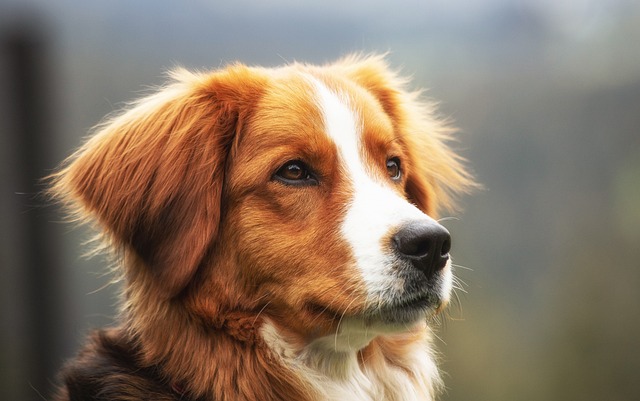
High - fat foods can also pose a hidden danger to a dog's tear - stain problem. Such foods include fried foods, animal offal, and some dog foods with an overly high fat content. High - fat foods are difficult to digest and can easily cause indigestion and gastrointestinal disorders in dogs. When a dog's gastrointestinal tract is over - burdened, its body's metabolism is also affected, thus influencing the normal circulation of tears. Excessive fat may also lead to endocrine disorders in dogs, causing the lacrimal glands to secrete too actively. If a dog consumes high - fat foods for a long time, its tear stains will gradually worsen, and it may also develop health problems such as obesity and pancreatitis. Imagine that our lovely dogs, due to our wrong feeding choices, not only have unsightly tear stains but may also suffer from other diseases. This is a scenario we would be extremely reluctant to see.
In addition to the above types of foods, some foods containing additives and preservatives may also affect a dog's tear stains. In commercial pet foods, various additives and preservatives are often added to extend the shelf life and improve the taste. These chemical substances may have an adverse effect on a dog's body and interfere with the normal function of the lacrimal gland. For example, certain artificial colors and flavors may irritate a dog's eyes and lacrimal gland, resulting in abnormal tear secretion. Although these additives and preservatives may not immediately cause obvious harm to a dog's health in a certain dosage, over time, they may trigger problems such as tear stains.
So, what should we do when we find that our dog has tear stains due to food? First of all, we should adjust the dog's diet in a timely manner. If we suspect that high - salt foods are the cause, immediately stop feeding high - salt foods, choose low - salt and healthy dog food, and ensure that the dog has plenty of water to help it excrete the excess salt in its body. For tear stains caused by allergic foods, a food allergy test is needed to identify the allergens, and then the dog should be prevented from coming into contact with these foods again. We can choose hypoallergenic dog food or try a diet with a single protein source, such as duck - based or venison - based dog food. If high - fat foods are the cause, reduce the dog's intake of such foods, choose light and easily - digestible foods, and control the dog's weight to avoid obesity.
In addition to adjusting the diet, daily eye care is also very important. Gently wipe around the dog's eyes with a clean, damp towel every day to remove Eye mucus and tear stains, keeping the eyes clean. We can also use pet - specific eye care solutions and follow the instructions for care to prevent eye infections and reduce tear stains.
Every dog is the most precious partner in our lives, and their health and happiness are our greatest wishes. Paying attention to a dog's diet and understanding which foods may cause tear stains is our responsibility as owners. Through reasonable diet choices and careful care, we can help dogs get rid of the trouble of tear stains, allowing them to regain bright and clear eyes and continue to accompany us through wonderful times. Let's use love and scientific feeding methods to protect the health of our dogs and let them thrive under our care.

If you’ve ever stood in the pet store, staring at a wall of dental chews while wondering if they’re worth the money, you’re not alone.
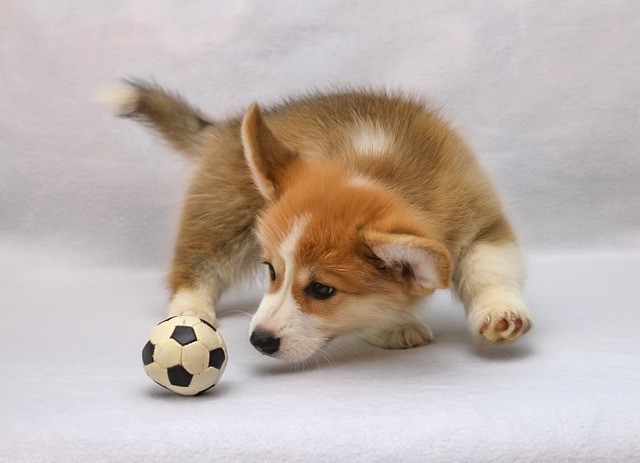
Walk down any pet store aisle, and you’ll see shelves lined with dental chews—colorful, bone-shaped treats promising to clean teeth and freshen breath.
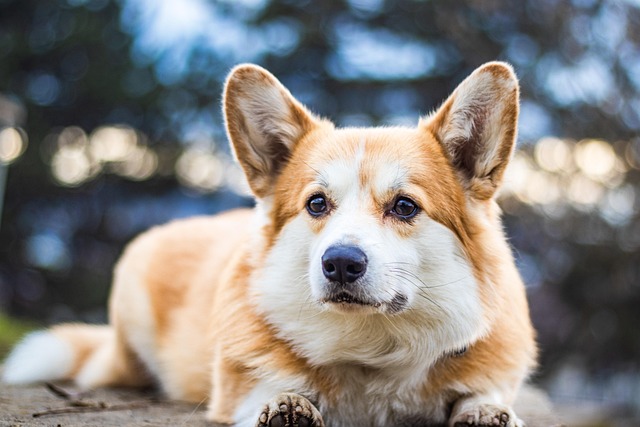
If you’ve ever struggled to brush your dog’s teeth—dodging wiggly heads, slobbery paws, or the occasional playful bite—you’ve probably wondered about easier alternatives.
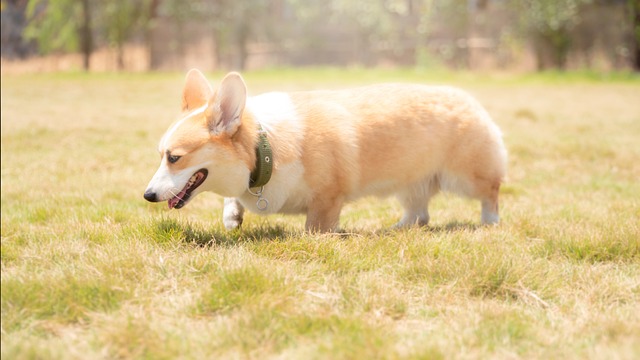
Finding your dog lethargic, with dry gums and sunken eyes, is enough to make any new pet owner panic. Dehydration creeps up fast
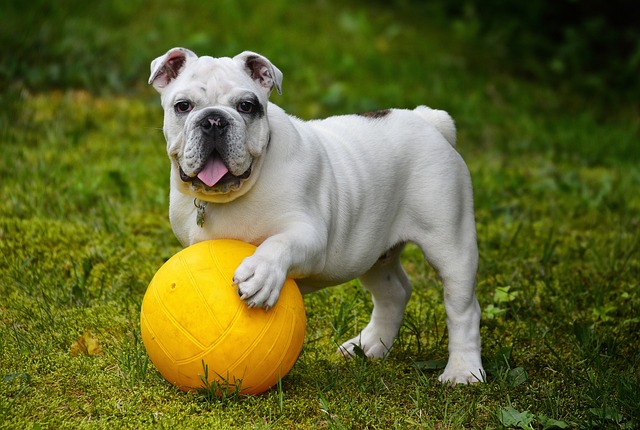
Watching your golden retriever scratch his ears raw after meals or sprint to the backyard with digestive urgency turns dinnertime into a nightmare.
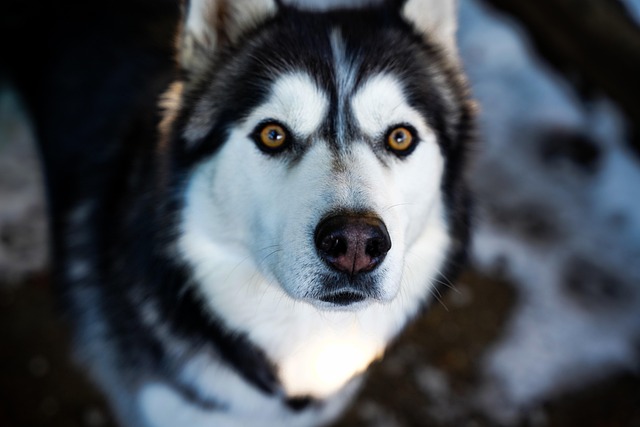
There’s something undeniably captivating about a husky’s gaze, and when those eyes are a rich shade of brown, it’s like stumbling upon a hidden gem.